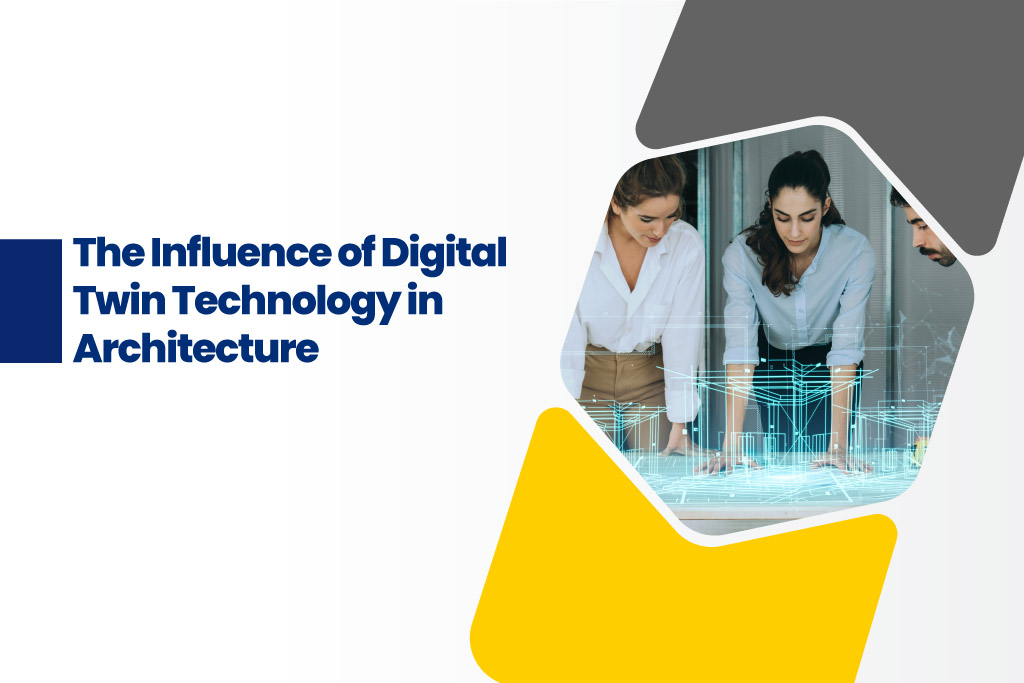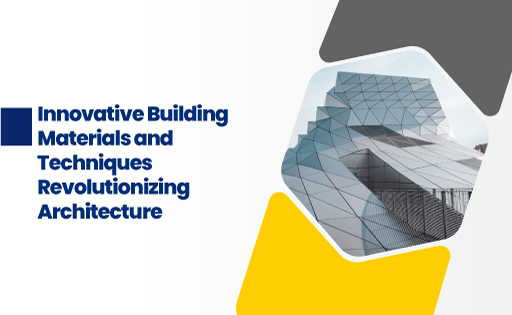Have you ever thought of creating a digital replica of your construction project which when modified can provide you with real-time performance data? This is achieved with digital twin architecture, a game-changer in the construction and architecture industry.
Pursuing B.Arch programs at the best Architecture Colleges in Coimbatore provides you with the necessary exposure to integrating digital twin technology into your construction projects. This can help improve the productivity of your team, enabling you to stand out among the competition. If you are curious about what digital twin architecture is all about then this blog is for you. Read on! to learn more about this transformative approach and how it can benefit your construction projects.
What is Digital Twin Architecture?
This approach helps you construct virtual models, mirroring the real-world features, behaviours, and performance of your buildings, infrastructure, or systems. This is made possible by integrating real-time data and sophisticated modelling techniques.
Architects and designers, in recent times, are adopting digital twin technology more than ever in their architecture and construction projects as it enables them to thoroughly analyze and optimize every phase of the building’s life cycle, from initial planning and development to ongoing maintenance and operation.
The process behind the twin architecture approach:
This approach is about creating a digital model which functions like real-world objects, enabling you to interact with, assess, and simplify the process of buildings and systems at each phase of their lifecycle.
Let’s have a look at the structure of the digital twin platform architecture in detail:
1) Data Collection:
Real-time data regarding humidity, temperature, structure integrity, energy consumption, etc., are collected from sensors, IoT devices and system archives. They provide you with insights related to real-world systems, environments, and performance.
2) Digital Modelling:
A dynamic 3D simulation model of the building is created based on real-time data using modern platforms and software tools to guarantee credibility and precision.
3) Real-time Synchronization:
Digital twin architecture enables you to create a dynamic model that reflects the changes that happen in the real-world. For example, when you install a new HVAC system in your building the digital twins will synchronize this update in the digital model, consequently adjusting their simulations.
4) Simulation and Analysis
Digital twins run multiple simulations, which include stress tests, energy usage, environmental impact analysis, etc., to determine the performance of your building under different conditions.
Using these simulation data, you can identify potential risks in your building and optimize the building design and processes accordingly.
5) Feedback Loop
This approach establishes a continuous feedback loop to ensure your digital model stays up-to-date and reliable with real-time data, thereby providing valuable insights to enhance the effectiveness of system performance and maintenance processes.
Listed here are some of the advantages of using the digital twin architecture approach in your construction projects:
Sustainable construction approaches:
With sustainability gaining more importance across sectors, in recent times, digital twin architecture allows you to incorporate it into your construction projects by providing insights on energy usage, and material performance, enabling you to improve construction techniques and minimize waste.
This enables your team to identify reliable, durable and eco-friendly constructionhttps://karpagamarch.in/the-growth-of-green-architecture-and-its-benefits/ solutions, thereby reducing the impact on the environment.
Improved visualization and planning:
Digital twins with their dynamic 3D models enable you to choose from multiple design options, identify errors early on and make informed decisions that align with the project objectives.
This reduces mistakes in your construction techniques, eliminating the need for costly solutions to address these issues. Moreover, it enables you to save time, reduce cost and improve the overall efficiency of your construction projects.
Real-time monitoring and maintenance:
You can gain insights into structural integrity, energy usage, and environmental conditions, by integrating digital twin architecture in your construction projects, based on the real-time data it collects from sensors and IoT devices installed in your building.
These insights are provided throughout the entire lifecycle of your building which allows you to plan on proactive maintenance activities thereby improving their performance and lifespan.
Enhanced teamwork and interaction:
Your construction team consisting of architects, engineers, contractors, etc., can work together as a team, as the digital twin platform architecture helps develop a shared virtual model. It allows you to quickly complete your construction projects, easily share any inconsistencies related to them and enhance overall productivity.
Improved decision-making and mitigating risks:
You can now make informed decisions concerning your construction projects as the digital twin architecture platform provides you with comprehensive data and predictive analytics.
Moreover, analytics allows you to carefully test and validate your designs before you begin the construction process. As you can identify possible risks in your project early on you can avoid problems and costly maintenance issues once you start your construction activities.
Digital twin architecture has several disadvantages, which include:
- Implementing this platform requires you to make a substantial initial investment in purchasing advanced technologies, acquiring the relevant hardware and software and training your team in using digital twin platforms.
- You will be facing several challenges related to data security like cybersecurity issues, phishing and spoofing attacks, etc., with the high-volume data exchange between real-world systems and digital models and storage of large amounts of data in your virtual models.
- During implementation your team needs to be trained in using these platforms. And, if they are not familiar with using digital technologies, then, it can complicate and delay the implementation process.
Karpagam Architecture is one of the top Architect Colleges in Coimbatore which provides you with hands-on exposure, networking opportunities, technical seminars and workshops, industrial visits, exposure to integrating advanced technologies and much more enabling you to become industry-ready.
Final thoughts:
Digital Twin platform integrates all the systems and processes in your building, allows you to remotely monitor processes and provides you with insights to optimize workflows. This technology enhances the user experience by providing your building occupants with more control over their individual workspaces and surrounding environment
Although it can be challenging for you to implement digital twin architecture in your construction and architecture projects, it can be highly beneficial in the long run as it enables you to:
- Improve productivity
- Reduce operating costs
- Optimize occupancy metrics
- Improve the overall property value of your building





